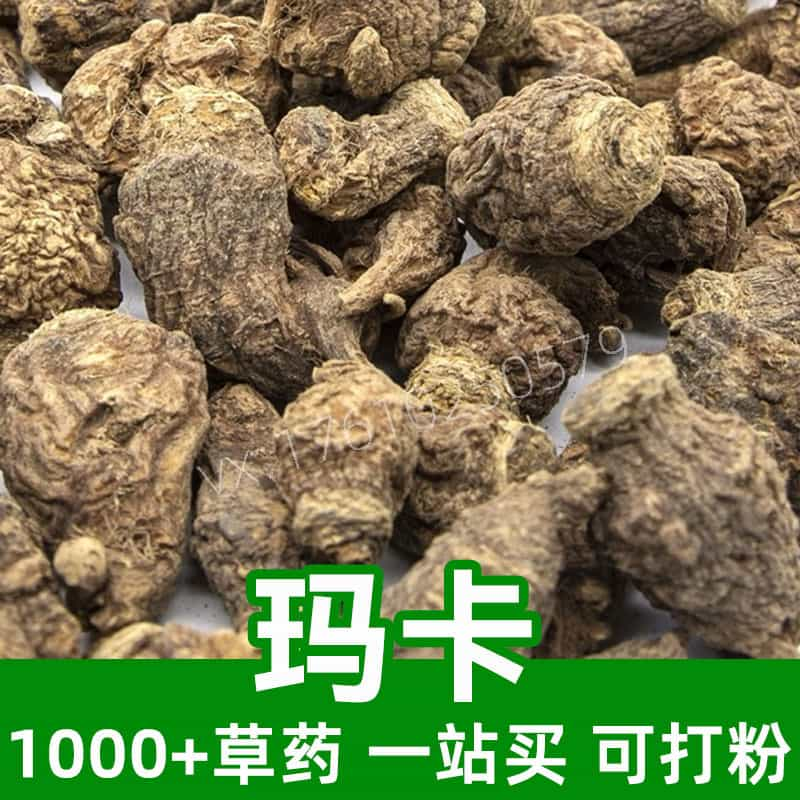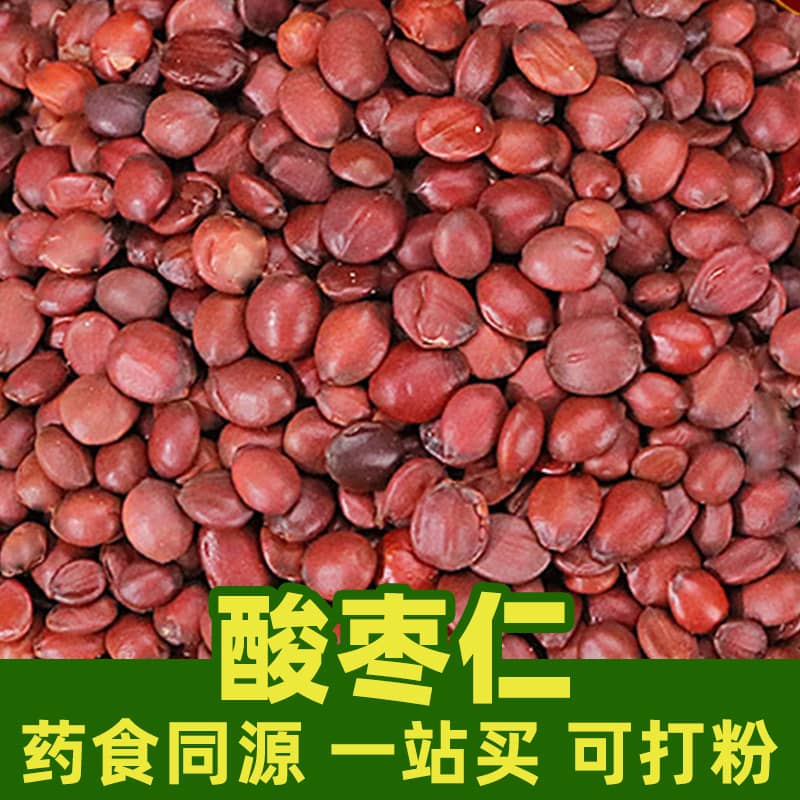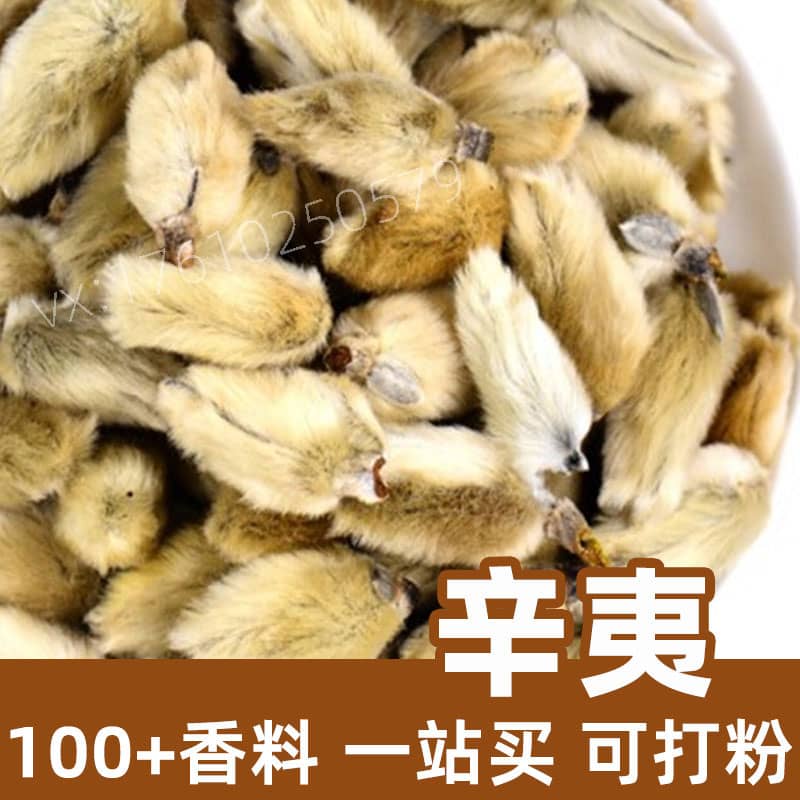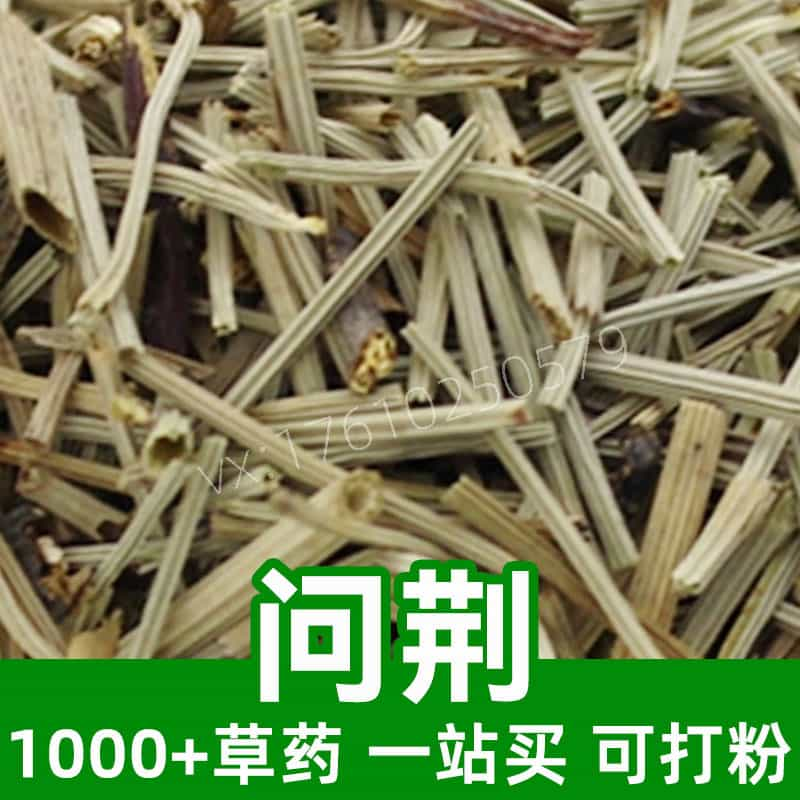Introduction to Anemarrhena Products
Anemarrhena is a commonly used herbal medicine known for its main components including saponins, terpenoids, proteins, polysaccharides, and essential oils. It originates from the dried rhizome of the plant Anemarrhena asphodeloides and is produced in regions such as China, Korea, and Japan. Anemarrhena is recognized for its ability to clear heat from the lungs, nourish yin, and relieve thirst; it is often used to treat symptoms like thirst, irritability, dry cough, diabetes-related thirst, and dry throat.
Key Active Ingredients of Anemarrhena
Anemarrhena is valued for its key active ingredients:
- Saponins: Contains various saponins with the most significant being Anemarrhena saponin. These compounds exhibit anti-inflammatory, antioxidant, blood sugar-lowering, and antiviral properties.
- Terpenoids: Includes various terpenoid compounds such as anemarrhenasaponin. These compounds provide anti-inflammatory, antibacterial, sedative, and anti-allergic effects while regulating the nervous and immune systems.
- Polysaccharides: Rich in polysaccharides that enhance immunity and possess antioxidant and anti-tumor properties; they help improve resistance to disease and slow aging.
- Proteins: High protein content contributes to nourishing the skin and enhancing physical health by promoting growth and development.
- Essential Oils: Contain various active components that have calming effects on the mind and body while promoting blood circulation; commonly used for treating anxiety and insomnia.
These active ingredients work together to provide Anemarrhena with multiple pharmacological activities, making it widely applicable in traditional Chinese medicine.
Applications of Anemarrhena: Usage Scenarios and Dosage
Anemarrhena has extensive applications in both traditional medicine and food industries:
- Traditional Medicine Applications:
- Clearing Heat and Moisturizing Lungs: With its cold nature and sweet taste, Anemarrhena effectively clears heat from the lungs and alleviates coughs. It can be combined with other herbs like almonds or honey to create syrups or decoctions taken 2-3 times daily at doses of 10-15 grams.
- Nourishing Yin: Known for nourishing yin and generating fluids to relieve thirst; it can be paired with herbs like Dendrobium or Ophiopogon to create remedies taken 2-3 times daily at doses of 10-15 grams.
- Laxative Effects: Useful for treating constipation related to hemorrhoids; often combined with herbs like rhubarb or Glauber's salt to create laxative formulations taken 2-3 times daily at doses of 10-15 grams.
- Food Applications:
- Tea Preparation: Can be used to make herbal teas that clear heat and detoxify while soothing coughs. Combine Anemarrhena with tea leaves or rock candy for a refreshing drink consumed 1-2 times daily.
- Soups: Commonly added to soups for its nourishing qualities; combine with lean meat, goji berries, or red dates for nutritious soups enjoyed 2-3 times weekly.
In both traditional medicine and food applications, it’s important to use Anemarrhena according to individual constitution, condition severity, and medical advice while monitoring dosage to avoid excessive use or prolonged application. Proper preparation methods are also recommended before use to enhance efficacy and reduce potential side effects.
Overview of the Source Plant: Distribution and Growth Environment
Anemarrhena is scientifically known as Ophiopogon japonicus; it is a perennial herbaceous plant belonging to the Liliaceae family. Here’s an overview of its source plant:
- Source Plant Description:
- The medicinal name for Anemarrhena is Ophiopogon japonicus; it is also known as "Yandou" or "Iron Leaf," recognized as one of China’s traditional herbal materials.
- This plant features slender stems with creeping rhizomes; its leaves are linear or lanceolate with a leathery texture containing oval berries that hold black seeds.
- The underground rhizome is thickened and creeping with fine yellowish-white roots.
- Distribution:
- Primarily found in East Asia including China, Japan, and the Korean Peninsula.
- In China specifically, it is widely distributed across provinces such as Jiangsu, Zhejiang, Anhui, Hunan, Hubei, Sichuan, Guangdong, Guangxi, and Fujian.
- This plant thrives in environments such as mountainsides, forest edges, grasslands, slopes, riverbanks, or wastelands where moist soil conditions are favorable.
- Growth Environment:
- Prefers warm and humid conditions; tolerates low light levels often found in semi-shaded areas.
- Optimal growth temperatures range from 15-25 degrees Celsius; it grows mainly during spring through autumn while entering dormancy in winter.
- The plant tolerates shade well but does not withstand drought; it thrives best in moist but well-drained soils with acidic or neutral pH levels.
As an important medicinal plant with a long history in traditional Chinese medicine practices, understanding its growth environment and distribution significantly contributes to its medicinal value.
Harvesting, Processing, and Storage of Anemarrhena
The harvesting process for Anemarrhena is crucial for maintaining its medicinal value:
- Harvesting Time:
- The rhizomes are typically harvested in the autumn when nutrient content in the underground parts is at its peak.
- Harvesting Method:
- Mature plants should be selected for harvesting using tools like shovels to carefully excavate the rhizomes while keeping them intact.
- After harvesting, immediately wash off soil impurities before cutting the rhizomes into appropriate segments.
- Processing Steps:
- Cleaned rhizomes should be dried under sunlight or in a shaded area until excess moisture is removed; good ventilation during this process is essential.
- Dried Anemarrhena can be sliced or ground for easier medicinal use later on.
- Storage Recommendations:
- Dried Anemarrhena should be stored in a cool, dry place away from direct sunlight to prevent moisture damage.
- Airtight containers or bags can be utilized for storage to protect against humidity or pests.
- Regular checks on stored products are necessary; any signs of mold or unpleasant odors should prompt immediate action such as disposal or replacement.
- Shelf Life:
- Under proper storage conditions, Anemarrhena can last 1-2 years; however, early usage is recommended to ensure optimal potency.
As an important herbal material in traditional medicine practices, careful attention during harvesting processing ensures that Anemarrhena retains its medicinal efficacy safely over time. Proper handling techniques can significantly extend its shelf life while preserving its beneficial properties.
Monica Sun is a seasoned expert in the natural raw materials industry, with over a decade of experience specializing in traditional Chinese medicinal herbs, spices, and fungi. She is skilled in the sourcing, processing, and application of these materials, emphasizing sustainability and innovation. Monica Sun has contributed to the development of high-quality natural raw materials that serve as essential components in functional foods, pharmaceuticals, and cosmetics, delivering tailored solutions to meet diverse market needs.
















